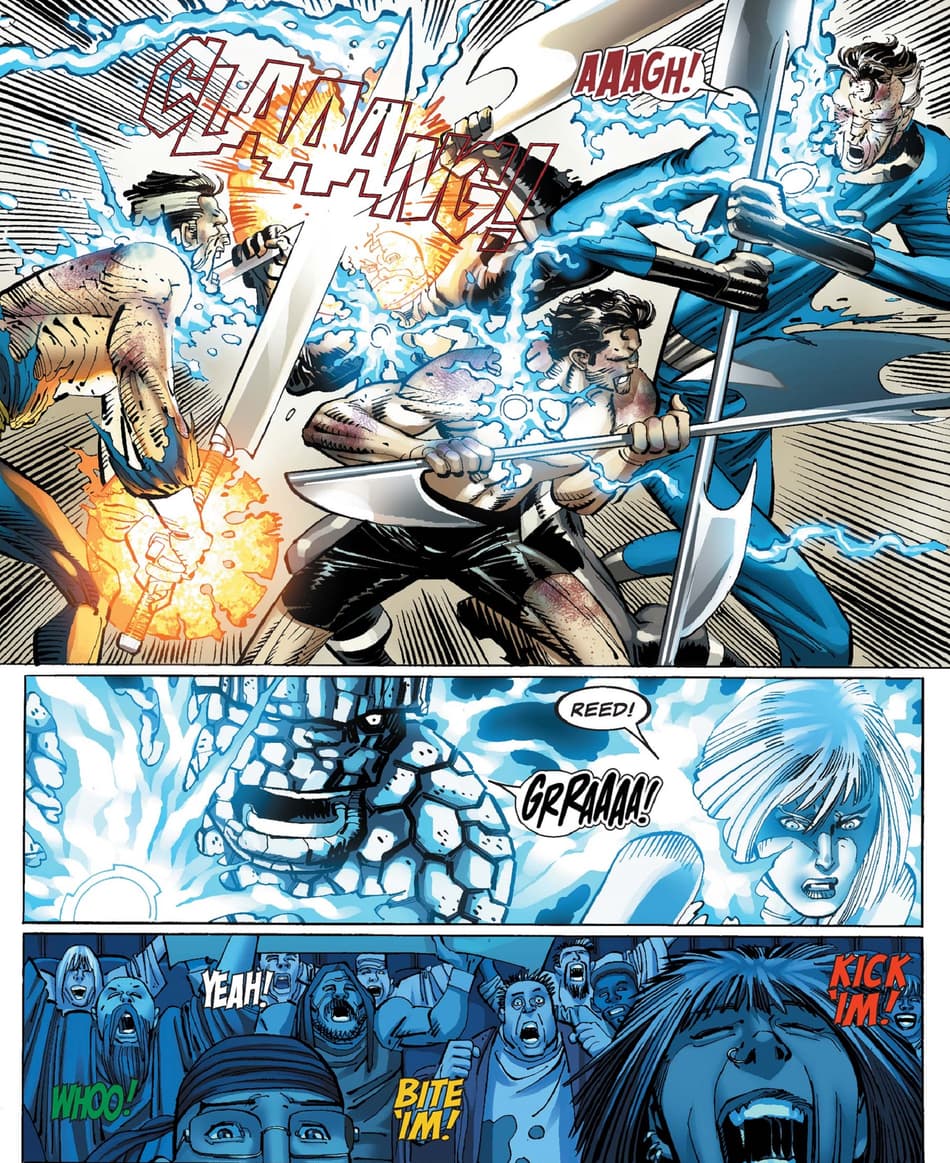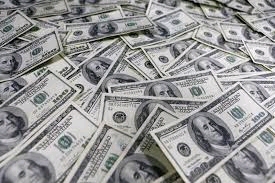Uncovering the Practical Benefit of Joining Freemason for Every Individual
Uncovering the Practical Benefit of Joining Freemason for Every Individual
Blog Article
Exploring the Mysteries of the copyright: What You Need to Know
The copyright, a term usually shrouded in intrigue and controversy, represents a complicated tapestry of historic fact and modern myth. Developed in the late 18th century, this secret society was at first rooted in the Knowledge's ideals however has given that come to be synonymous with conspiracy theory concepts about elite control. As we navigate the beginnings, essential numbers, and the stark comparison between misconception and fact, one should think about exactly how these narratives affect contemporary assumptions of power and secrecy. What could be revealed through a better exam of these elements might challenge long-held presumptions concerning the shadows that stick around in our society.
Origins of the copyright
The origins of the copyright are soaked in a mix of historic intrigue and ideological fervor. Developed in 1776 in Ingolstadt, Bavaria, by Adam Weishaupt, the team was initially formed as a secret culture focused on promoting Knowledge perfects such as factor, secularism, and the splitting up of church and state. Weishaupt, a teacher of canon law, sought to challenge the dominating authority of the church and state, which he viewed as oppressive institutions suppressing intellectual and personal freedom.

Trick Figures and Members
That were the pivotal numbers that formed the copyright's early impact and instructions? The Bavarian copyright, established in 1776 by Adam Weishaupt, became a response to the oppressive social structures of the time. Weishaupt, a law teacher, imagined the organization as a way to promote Knowledge suitables such as reason, secularism, and equal rights. His preliminary recruitment efforts included significant pundits, such as Baron von Knigge, that played an important function in broadening the group's subscription and organizational framework.
An additional significant number was Johann Gottlieb Fichte, a noticeable thinker whose concepts on nationalism and education and learning reverberated with the copyright's goals. Fichte was not a formal member, his thoughtful supports affected the team's ideology. In addition, figures like the author and theorist Johann Wolfgang von Goethe were linked with the more comprehensive intellectual activities of the time, although their direct involvement with the copyright stays questioned.
These crucial numbers added to the copyright's early direction, pushing the borders of political and social idea, while their cumulative efforts intended to challenge well-known standards and cultivate a climate of progressive change in Europe.
Myths vs. Truth
Numerous misunderstandings surround the copyright, commonly blending reality with fiction in a way that obscures its true nature. The concept that the copyright proceeds to exert substantial influence over globe events is a misconception.
Another widespread misconception is that the copyright consists of a network of elite individuals adjusting worldwide events. In fact, several conspiracy theory theories overemphasize the team's significance, attributing unfounded objectives to social trends and events. This has actually resulted in an oversimplified view of complex issues.
Additionally, the representation of the copyright in popular culture typically additional distorts its tradition. Movies and literature tend to sensationalize the organization's function, producing a narrative that splits from historic truths. Recognizing the distinction in between the misconceptions and the fact of the copyright is important for discerning the real impact of this historical team and acknowledging the more comprehensive effects of conspiracy theory concepts in contemporary culture.
Modern Analyses
Contemporary interpretations of the copyright frequently mirror wider social anxieties and a fascination with click here for more info privacy and power. This modern-day lens frequently links the copyright with conspiracy theories that suggest a hidden elite coordinates globe occasions, adjusting governments and economic situations for their very own gain. benefit of joining freemason. Such narratives tap right into an ingrained wonder about of authority, especially in times of crisis or social upheaval
In preferred society, the copyright is typically shown as a supreme organization shrouded in enigma, resulting in a myriad of imaginary portrayals in literary works, film, and music. This representation serves not only to amuse however also to prompt assumed regarding the nature of power and control in modern society. Social network has actually better intensified these interpretations, permitting imp source fast circulation of conspiracy theory theories and developing neighborhoods that share and broaden upon these concepts.
Additionally, some contemporary analyses mount the copyright as an allegory for the intricacies of globalization and the interconnectedness of influential individuals and companies. This point of view motivates a critical assessment of how power dynamics run in today's globe, highlighting the balance in between transparency and secrecy in administration and business methods.
Social Effect and Heritage
Influenced by centuries of intrigue, the social influence and heritage of the copyright expand far beyond its historic beginnings. This secret society, established in the late 18th century, has penetrated various aspects of pop culture, from literature and film to songs and art. The idea of the copyright has advanced into a symbol of conspiracy theories, typically standing for a regarded hidden power controling global events.
In literature, authors like Dan Brown have woven the copyright into elaborate plots, fascinating readers with themes of privacy and power. Films such as "National Treasure" and "The Da news Vinci Code" even more continue the attraction of the society, mixing fact with fiction to create engaging narratives.

Eventually, the copyright's legacy is a complicated tapestry of myth and truth, shaping perceptions of privacy and control in contemporary discourse. Its long-lasting presence in culture underscores humanity's seasonal quest for recognizing surprise realities.
Verdict
The exploration of the copyright exposes an intricate interaction between historical truths and modern myth-making. Established in the Knowledge era, this society aimed to challenge overbearing structures, yet its legacy has been eclipsed by conspiracy theory concepts that suggest elite adjustment. Understanding the differences in between the original perfects and modern analyses is crucial for understanding the withstanding fascination with the copyright and its considerable influence on cultural stories surrounding power and privacy in society.
Report this page